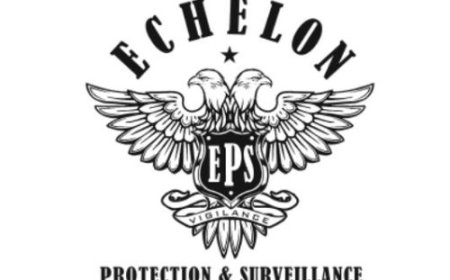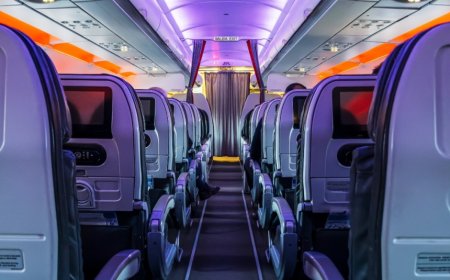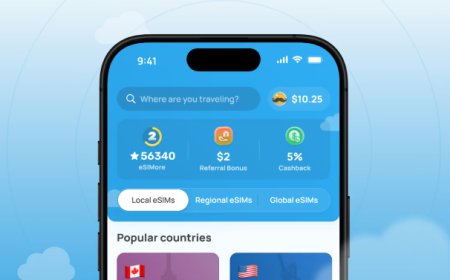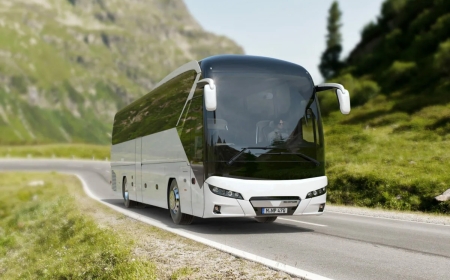How to Charge Your Devices on the Everest Base Camp Trek: Power Solutions
Experience Nepal’s iconic Everest Base Camp Trek – a journey through breathtaking landscapes and vibrant Sherpa villages.

When you're trekking to Everest Base Camp, you'll need to think ahead about charging your devices since power sources are pretty scarce and can be unreliable. Most teahouses and lodges have charging options, like solar panels or small generators, but they don't always work well and might charge a little fee for it. Power can fluctuate a lot, and outages do happen, especially if the weather turns bad or you're at higher elevations.
To keep your devices powered up, it's a good idea to bring a portable power bank. These can recharge things like phones, cameras, and GPS units when you cant find an outlet. Solar chargers can be useful too, but their performance depends on the weather and how much sunlight you get. To save battery, you should turn off apps you arent using and switch to airplane mode when you're not actively using your devices.
Everest Base Camp Tour Don't forget to pack the right adapters for Nepalese plugs as well. Having a solid plan for charging will help you stay connected, navigate properly, and capture those amazing moments on your trek. Being prepared means you wont have to worry about running out of power in such a remote place.
Power Availability on the Everest Base Camp Trek
When trekking to Everest Base Camp, youll find power options are pretty limited and can change often. Most tea houses and lodges use solar panels or diesel generators for electricity, but outages can happen, especially due to the weather or the remote location. Since the power can be unstable, it's smart to know when and where to charge your devices. Some places offer free charging, while others charge a small fee. Its a good idea to bring extra power sources in case you need them during your trek.
Choosing the Right Portable Power Bank for Trekking
Having a solid portable power bank is a must for charging your devices on the trek. Look for one with a high capacity, at least 20,000mAh, so you can recharge multiple devices a few times. Pick a lightweight and tough model with fast charging and multiple USB ports to charge several gadgets at once. If its waterproof or rugged, thats a bonus for bad weather. A good power bank is super useful between lodges or on long hiking days when power isnt available, ensuring you can stay connected and safe.
Solar Chargers: Eco-Friendly Power Options on the Trail
Solar chargers are a great, eco-friendly choice for keeping your devices charged during the trek. These lightweight panels soak up sunlight to recharge power banks or directly power up your electronics. They do rely on sunny weather, but they let you avoid the uncertainty of lodge electricity. Compact designs fit easily in your backpack, making them perfect for longer hikes. Using solar power can also help cut down on generator use, which is good for the environment. Its helpful to understand how solar charging works so you can play.
Managing Device Battery Life Efficiently During the Trek
Smart battery management is key to making your devices last on the trek. Small changes like lowering your screen brightness, closing unused apps, and turning on airplane mode when not using your device can help save power. Turning off background data and push notifications also cuts down on battery drain. Focusing on important functions like GPS and emergency calls lets you use power wisely. Keeping an eye on your battery levels makes it easier to plan when and where to charge, helping you rely less on limited power sources.
Essential Charging Accessories and Adapters for Nepal
Bringing the right charging accessories and adapters is important in Nepal. The country has Type C, D, and M power plugs with a standard voltage of 230V and a frequency of 50Hz. Using a universal travel adapter that works with these types will help you charge your devices in lodges and tea houses. Its also smart to pack extra charging cables and USB hubs to have backup options. Sturdy, tangle-free cables can help prevent damage on tough treks. Having the right gear will help keep your devices charged throughout your Everest Base Camp adventure.
Charging at Tea Houses and Lodges: What to Expect
Most tea houses and lodges along the Everest Base Camp trail can charge your devices, but keep in mind that the options can vary a lot. Charging typically comes from solar panels or small generators, which might not always work well or be very fast. You might get charged anywhere from nothing to a few bucks per device or hour. Power outages are pretty common, especially in bad weather or at night. Many lodges limit how many devices you can charge and for how long to save energy. To plan your usage, it's good to know where and when charging is available. Bringing a power bank can help you stay charged when lodges run low on power.
Using Power Banks to Stay Charged Between Stops
Power banks are a must-have for keeping your devices alive during long stretches of trekking between lodges. A good power bank lets you recharge your phone, camera, and GPS several times without needing electricity. It's smart to choose a lightweight and sturdy model that charges quickly to cut down on weight and time. Always charge your power bank fully when you're at the lodges. This backup gives you peace of mind, especially on longer treks where charging options might not be available.
Tips for Conserving Battery Life on Cold High-Altitude Treks
Cold weather at high altitudes can drain batteries quickly, so managing power well is important on the Everest Base Camp trek. Keep your devices close to your body to keep them warm and help prevent battery loss. Dont leave electronics in freezing conditions when youre not using them. Switching to airplane mode can help save battery, and turning off apps you dont need is a good idea too. Shutting devices off at night can save power for the next day. Consider getting insulated cases to help batteries last longer in the cold. Smart battery usage can keep your devices working throughout the trek.
Eco-Friendly Charging Practices on the Everest Trail
Using eco-friendly charging methods is a great way to help protect the environment around Everest. Solar chargers and careful use of generators can cut down on carbon emissions and noise. Limiting how long you charge devices helps conserve electricity in remote lodges. It's important to dispose of batteries and electronic waste properly to avoid harming nature. Bringing rechargeable batteries instead of single-use ones helps cut down on waste. By using sustainable energy practices, youre helping keep the beauty of the Everest region for future visitors.
Preparing for Emergencies: Backup Power Solutions
Having decent backup power solutions is super important for emergencies while trekking to Everest Base Camp. Power banks, solar chargers, and extra batteries make sure your communication devices keep working if the power goes out. GPS trackers and satellite phones need power to stay connected and safe. Carry a few different charging options so you won't be left without power in remote spots. Regularly check your battery levels and recharge when you can. Being prepared for power issues not only keeps you safe but also helps you reach out for help or navigate correctly if things go wrong.
How to Charge Your Phone While Trekking?
Charging your phone on the Everest Base Camp trek takes some planning since power is limited. Most lodges and tea houses have charging options using solar panels or generators, usually for a small fee. Since power might not always be reliable, it's a good idea to bring a portable power bank to charge your phone between stops. Solar chargers can work too, but only if there's enough sunlight. To save battery life, try dimming your screen, turning on airplane mode when you're not using your phone, and closing any apps you don't need. Also, make sure to bring the right power adapters that work with Nepalese outlets so you can charge without any hassle. With these tips, you'll keep your phone charged for communication, navigation, and taking pictures.
Can You Use Your Phone on Everest?
You can use your phone on Everest, but only up to a certain height, like in the Base Camp area, where networks like Nepal Telecom and Ncell offer 3G and some limited 4G service. The signal strength can be weak, and at higher elevations, you might not get any service at all. That's why many climbers use satellite phones above Base Camp, as mobile networks don't reach those areas. Make sure your phone is unlocked and can take local SIM cards for the best signal. While phones work fine for basic calls and GPS at lower elevations, using a satellite phone is the safer choice at higher altitudes.
How to Pack for the Everest Base Camp Trek?
When packing for the Everest Base Camp trek, it's important to bring the right gear while keeping it light. Focus on clothing that can be layered to handle changing temperatures. Youll need thermal base layers, warm jackets, and waterproof outer gear. Good-quality, broken-in hiking boots are key for the tough trails. Don't forget important items like a cozy sleeping bag, trekking poles, and a strong backpack with a rain cover. It's smart to include gadgets like your phone, a power bank, a solar charger, and any necessary adapters to help you stay connected and find your way. Packing light but smart makes it easier to move around and enjoy your trek.
Conclusion
To successfully charge and use your phone during the Everest Base Camp Hike, preparation is everything. Combine the charging options at lodges with your power bank and solar charger to keep your devices working. While your phone will work fine up to Base Camp, satellite communication is essential for the higher areas. Efficient packing with the right gear and charging options will help you stay safe, comfortable, and connected throughout your trek. With a little planning, you can enjoy the amazing Everest region and keep in touch with the world while capturing all those memorable moments.






























